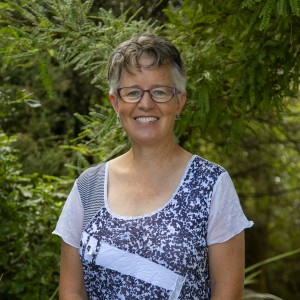As kaitiaki, or guardians of our environment, this project was a logical next step for the Year 2 and 3 class, who had been exploring ecosystems.
Big books and school journals explained the basics of climate change and introduced the causes of pollution around the world.
We should stop polluting the world and recycle and pick up our rubbish. The seal in my reading book had a fishing net around its neck.
We need to clean up the rubbish and not throw rubbish over fences or use CFCs. They are bad for the environment.
We should have more No Litter signs, and everyone should pick up their rubbish, so it doesn't go into the oceans.
We should take away everything that causes pollution. There are more storms, big floods and fires now.
Now we had some knowledge about polluting the oceans, we could begin our multimedia artworks.
A multimedia artwork is when you use more than one thing to tell a story. We used dye, recycled rubbish and collage to tell a story.
The students Success Criteria was
- Include a sea creature as a focal point.
- Use collage techniques.
- Use recycled rubbish to tell the story of pollution in the ocean.
The collage took a long time because you had to make sure you had no white bits showing. We had to stuff the creature to make it look 3D.
I used the hot glue gun to put fishing wire near my creature. Sometimes they get caught in fishing nets because people throw the nets into the ocean.
My turtle got stuck in the fishing net.
Writing about our artworks
Students could choose to write from the point of view of a scientist or as if they were the sea creatures.
“Oh no, a man threw a net onto me,” said the turtle. “Can you please get the rubbish out of the water. I will die if you keep polluting the oceans.
By Abbie
“Oh no who threw this net. I am getting tangled. I think I could die.” I looked up and saw a strange looking boat. It looked strange because more rubbish was coming down from it to the sea floor. I am getting worried. I got trapped in some plastic. How can I get out of the plastic? I wriggled and wriggled and soon I got out and swam away.
By McKenzie
Humans are polluting the earth. We need to stop polluting the water and land. All animals are getting hurt and some will die. Sharks don't get very tangled in rubbish but whales and turtles and other sea creatures do.
By Oliver
My whale is trapped in a fishing net, and it can't come up to breathe. It will die if someone doesnt rescue it.
By Mack
Next steps
Students have learned a lot about the dangers the environment faces, and what can be done to help. They now understand what it means to be a kaitiaki or guardian of the environment.


Comments
No one has commented on this post yet.